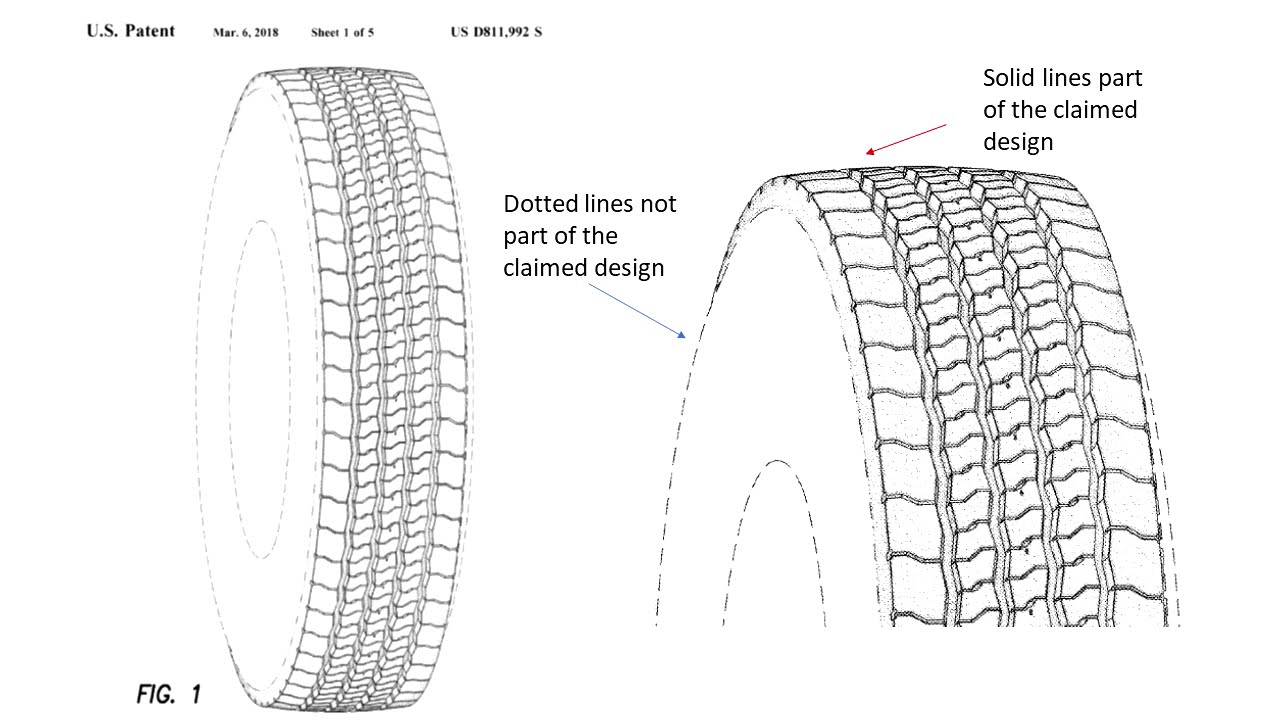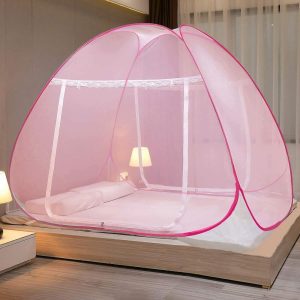If your business manufactures a product that is primarily a visual item, you may be interested in the protection of a design patent. This type of patent search hong kong https://www.accoladeip.com/us/en/trademark-search/ protects the look of your product and helps to prevent competitors from copying and profiting off of your innovation.
In the United States, design patents protect “any new, original and ornamental design for an article of manufacture.” This includes the shape or configuration of the object as well as the surface ornamentation.
What Is a Design Patent?
A design patent is a type of intellectual property (IP) protection. It is granted to protect a manufactured item’s unique visual qualities, including its shape and surface ornamentation.
Unlike utility patents, which cover functional features in addition to its appearance, design patents only cover the ornamental qualities of an item. This type of protection is often used to protect products that are apt to be copied, such as luggage, purses, shoes and other consumer products.
A design patent application must include drawings that clearly show the claimed design. The drawing disclosure must comply with the requirements of 35 U.S.C. 112 and 37 CFR SS 1.3.
Eligibility for a Design Patent
A design patent search hong kong can protect the shape and appearance of a new physical product. This could include a computer icon, a beverage container, or the tread of a shoe.
However, the design must be original and not be a simulation of another well-known object or person (35 U.S.C. 171 and 37 CFR SS 1.153). In addition, the design must not be offensive to any race, religion, sex, ethnic group, or nationality.
The design patent application must be complete and contain drawings that clearly show what is being patented. The drawings should include a full-view and a perspective view. The drawings should also include light, full lines, rather than broken lines.
How to Apply for a Design Patent
If you have developed a novel and innovative design for a product, it may be worth the cost to apply for a design patent. This type of protection can be quicker and less expensive than obtaining a utility patent, and it does not require maintenance fees to remain valid.
A design patent application consists of a title, a description, and one claim. Each of these sections must be thorough and well-documented.
The claim should specify the specific aspect of the design that is unique. It should also include a drawing disclosure to illustrate the design in full detail.
The drawing disclosure should contain at least seven drawings or photographs (not both). These should show all sides of the object and a three-dimensional image of the design is preferred.
How to Avoid Infringement of a Design Patent
Design patents protect nonfunctional ornamental designs such as jewelry, furniture, mobile phones, websites like Google’s homepage and Apple’s drop down menu on Macintosh computers and Apple stores, and even artistic designs such as the Statue of Liberty.
While a design patent can provide a valuable source of protection for an invention, it can also be susceptible to infringement. To avoid infringement, design patent applicants should consider the prior art to see whether the design is substantially similar to other designs already protected by a design patent.
A common infringement analysis involves comparing a product, image, wireframe, or drawing with other designs or products to determine how close it is to other patented objects. This can be difficult to do on your own, but a skilled attorney can help you identify issues with your product’s design and make informed decisions about how to proceed.
Another important strategy is to find out what other features are claimed in the design patent and omit them from your product or replace them with a variation or alteration. This strategy can help distance your product from the patent claim and increase your chances of circumventing the patent.
If you have any inquiries relating to Accoladeip, you can contact us at the page.





